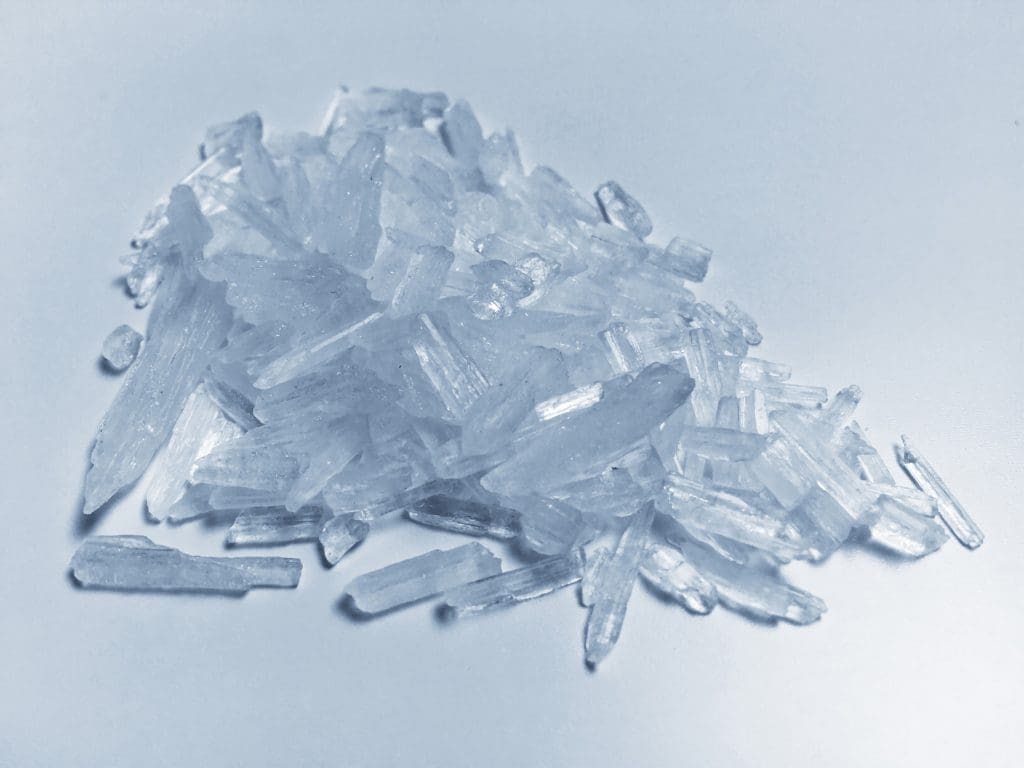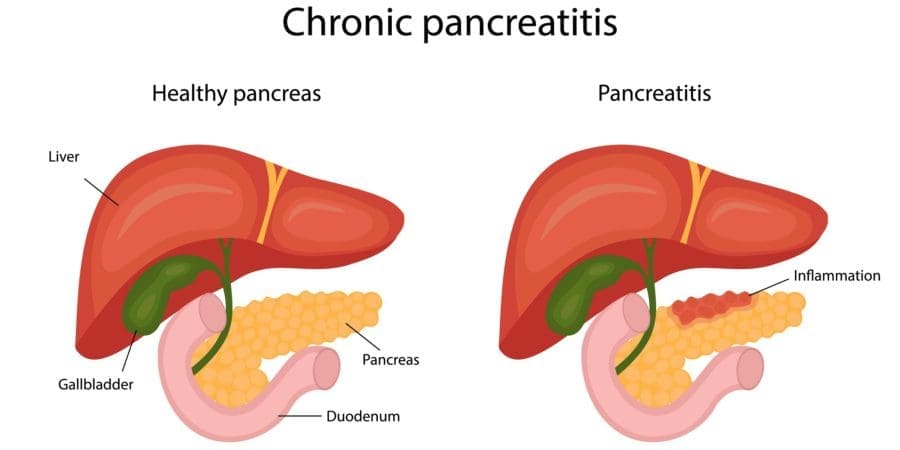Meth addiction is a severe and complex issue that demands a detailed understanding. Methamphetamine, widely known as meth, is a highly addictive stimulant with profound effects on the central nervous system.
Originating as a medical treatment for conditions like ADHD and narcolepsy, its potent effects have led to widespread abuse and addiction. This guide delves into the intricacies of meth addiction, exploring its composition, methods of use, addictive potential, withdrawal symptoms, treatment approaches, and the drug’s detection in the body.
We also address critical questions about meth’s impact on health, the nature of a meth high, and its distinction from other substances like opioids and crack. This comprehensive overview aims to provide deep insights into meth addiction, offering essential knowledge for understanding and combating this challenging issue.
If you are seeking information about meth addiction treatment for yourself or a loved one, and are in Western Ohio or the surrounding metro areas, give Ridgeview Behavioral Hospital a call today at 419-910-3383.
What is Meth?
Methamphetamine, commonly known as meth, is a powerful, highly addictive stimulant that has a profound impact on the central nervous system.
Chemically akin to amphetamine, methamphetamine has been used historically in medical settings for the treatment of conditions like attention-deficit hyperactivity disorder (ADHD) and narcolepsy, but its potential for abuse and addiction has overshadowed these applications.
What Does Meth Look Like?

Meth typically appears as a white, bitter-tasting powder or as pills. Its more potent form, crystal methamphetamine, looks like glass fragments or shiny, bluish-white rocks.
The drug’s purity, potency, and low cost are largely due to its production by large-scale criminal organizations, primarily in Mexico, using relatively inexpensive over-the-counter ingredients like pseudoephedrine.
However, methamphetamine production also involves numerous other dangerous chemicals, contributing to environmental hazards and health risks for those exposed to these clandestine labs.
Methods of Use
Methamphetamine can be consumed in several ways, including smoking, swallowing (in pill form), snorting, or injecting a powder that has been dissolved in water or alcohol.
The method of use significantly influences the intensity and duration of its effects. The high from meth starts and fades quickly, leading users to consume repeated doses in a pattern known as “binge and crash.”
Some users engage in a form of binging called a “run,” where they forego food and sleep while continuously taking the drug every few hours for several days.
Meth Addiction Symptoms
Methamphetamine’s impact on the brain is both immediate and long-term, with significant implications for mental and physical health.
Short- and Long-Term Brain Effects of Meth Addiction
Meth dramatically alters the brain’s neurotransmitter activity, particularly affecting dopamine, the neurotransmitter associated with pleasure. When meth is used, it triggers a flood of dopamine, leading to a heightened sense of euphoria.
However, this dopamine is not recycled for later use, resulting in brain overstimulation. Once the high wears off, dopamine levels plummet, often leading to a severe “crash” and an intense craving for more of the drug to replicate the high.
Over time, long-term meth use can cause extensive damage to the brain and body, potentially irreversible in some cases.
Chronic abuse severely damages dopamine and serotonin neurons, affecting mood, behavior, and cognitive functions. Meth users may experience depression, paranoia, and hallucinations.
The damage can also manifest as reduced mental flexibility, impaired decision-making, impaired verbal learning, reduced motor speed, and structural brain changes affecting emotion and memory.
Physical Signs of Meth Addiction
Physically, long-term meth use leads to significant weight loss, severe tooth decay and loss (commonly known as “meth mouth”), and skin sores. The drug causes dry mouth and teeth grinding, exacerbating dental issues.
Skin sores result from users scratching and picking at their skin due to hallucinations of insects crawling under it.
Additionally, meth abuse can cause a range of symptoms including increased heart rate, higher body temperature, seizures, weight loss, depression, disorientation, panic, anxiety, insomnia, and psychosis.
Reversibility of Meth Addiction Effects
Some of the neurobiological effects of chronic meth misuse appear to be partially reversible. With prolonged abstinence, there can be a recovery in dopamine transporter activity, particularly in brain areas crucial for memory and movement.
This recovery is associated with improved performance on motor and verbal memory tests. However, some changes induced by meth use, especially those resulting from stroke or linked to Parkinson’s disease risk, can be very long-lasting and potentially irreversible.
Methamphetamine, thus, represents a significant public health challenge due to its highly addictive nature and the severe, often long-lasting impact it has on the brain and body. Understanding its composition, methods of use, and effects is crucial in addressing the challenges posed by this drug and in supporting those affected by its use.
How Addictive is Meth?
Methamphetamine, known colloquially as meth, ranks among the most addictive substances due to its profound impact on the brain’s dopamine system.
It is a synthetic psychostimulant that accelerates the workings of the brain and impacts the central nervous system, leading to long-lasting effects on the body.
Meth can be consumed in various forms, such as pills, injections, snorting, or smoking, and its appearance varies depending on the ingredients used in its production.
The Cycle of Meth Addiction
The addiction cycle with meth often starts with recreational use and quickly escalates. As tolerance to meth’s effects develops, users find themselves needing higher doses to achieve the same high, a phenomenon well-documented in substance use disorders.
This increasing tolerance is a key driver of the dependency that characterizes meth addiction. The drug’s interaction with the brain’s pleasure centers creates intense cravings, making avoidance of withdrawal symptoms a significant challenge for users.
Meth Addiction Withdrawal Symptoms
Withdrawal from meth is a physically and psychologically challenging process, with symptoms that can persist for several weeks. The most common withdrawal symptoms include:
- – Fatigue
- – Depression
- – Insomnia
- – Intense cravings, lasting up to 10 weeks
Physical symptoms may also include constipation, diarrhea, headaches, red or itchy eyes, joint pain, clammy skin, hyperventilation, irregular heartbeat, and shaking.
Emotional changes, such as anger, nervousness, anxiety, and severe mental health issues like meth psychosis, are also common during withdrawal.
Stages of Meth Addiction Withdrawal
The severity of meth withdrawal symptoms typically peaks within the first couple of days of detox. The initial phase, known as the crash, is characterized by extreme fatigue, excessive sleep, and increased appetite.
Following this, users may experience depression and unease, with symptoms like paranoia, fatigue, and sometimes suicidal thoughts. These symptoms generally decline by the end of the first week.
A subsequent phase, lasting two to three weeks, involves persistent sleep and appetite problems and can include a slowed heart rate.
How Long Do Meth Addiction Withdrawal Symptoms Lasts?
The exact duration of meth withdrawal varies from person to person, influenced by factors such as the length and intensity of meth use. Those with a longer history of meth abuse typically experience more severe withdrawal effects.
Treatment for Meth Addiction

Meth addiction treatment encompasses a variety of strategies, focusing on both physical and psychological aspects of addiction.
Detoxification
The first step in addressing meth addiction is detoxification, wherein the body clears itself of the drug. This stage can be challenging and is often undertaken with medical supervision to safely manage withdrawal symptoms.
Ridgeview Behavioral Hospital is a top detox center in Ohio for meth addiction, and if you are seeking help, reach out today at 419-910-3383.
Behavioral Therapy
The most effective treatments for meth addiction are behavioral therapies. Approaches like cognitive-behavioral therapy (CBT) and contingency management have shown efficacy in treating meth addiction.
The Matrix Model, a comprehensive treatment approach that combines various therapies and support mechanisms, is particularly noted for its effectiveness in reducing meth misuse.
Support and Aftercare
Long-term recovery from meth addiction often requires ongoing support. This may include inpatient treatment, partial hospitalization, intensive outpatient treatment, outpatient rehab, and engagement in relapse prevention strategies.
Sustained recovery efforts are crucial due to the addictive nature of meth and the intensity of withdrawal symptoms.
Medications
Currently, there are no FDA-approved medications specifically for treating meth addiction. However, some pharmacological treatments, such as bupropion, naltrexone, and modafinil, have shown promise in reducing meth use among addicted individuals.
In summary, methamphetamine’s addictive potential is exceptionally high due to its intense effects on the brain’s dopamine system.
The addiction cycle is marked by increasing tolerance and severe withdrawal symptoms, necessitating a multifaceted approach to treatment that includes detoxification, behavioral therapy, and long-term support.
The complexity and intensity of meth addiction and its withdrawal symptoms underscore the need for comprehensive treatment plans tailored to individual needs.
How Long Does Meth Stay in Your System?
Understanding the duration and detection of meth in the body is crucial, especially in the context of drug testing and medical treatment.
The duration meth remains detectable in the body varies based on several factors. Common drug tests and their detection times for meth are:
- – Blood Tests: Meth is detectable in blood for one to three days.
- – Saliva Tests: Meth can be detected in saliva for a few minutes to 48 hours after use.
- – Hair Tests: Hair follicle tests can detect meth use for up to 90 days.
How Long Does Meth Stay in Your Urine?
Meth can be detected in urine from one to seven days. For a single use, it’s typically detectable for one to four days, but this can extend up to a week for heavier use.
Factors Influencing Detection Times
Several factors influence how long meth can be detected in the body:
- – Frequency of Use: Regular use can lead to a buildup of meth in the system, extending detection times.
- – Amount Used: Larger amounts of meth can remain detectable for longer periods.
- – Method of Use: The duration meth stays in the system can vary depending on whether it’s snorted, injected, smoked, or taken orally.
- – Body Composition: Factors like weight, body fat, and metabolism can influence drug detection times.
- – Polydrug Use: Using multiple substances, including alcohol, can affect how long meth and other drugs stay in the system.
Additional Insights into Meth Use
Can You Overdose on Meth?
Yes, it’s possible to overdose on meth, and such occurrences can be life-threatening. Symptoms of a meth overdose can include high fever, chest pain, seizures, and heart problems. Immediate medical attention is crucial in such situations.
How Long Does a Meth High Last?
The high from meth can last anywhere from 6 to 12 hours, influenced by the method of ingestion and the dose. The intensity and duration of the high are key factors contributing to the drug’s addictive potential.
Is Meth an Opioid?
No, meth is not an opioid. Opioids are a different class of drugs that primarily affect the body’s pain and reward system.
Is Meth a Stimulant?
Yes, meth is a stimulant, increasing activity in the central nervous system and leading to heightened alertness, energy, and physical activity.
Is Crack Meth?
Meth and crack (a form of cocaine) differ in composition and effects. Crack is a short-acting stimulant with effects that last a shorter duration compared to the longer-lasting effects of meth.
In conclusion, understanding the mechanics of meth in the body, including its duration, detection methods, and effects, is crucial in addressing meth addiction.
This knowledge is vital for effective drug testing, medical treatment, and informed public awareness about the dangers of meth use.
Meth and crack (a form of cocaine) differ in composition and effects. Crack is a short-acting stimulant with effects that last a shorter duration compared to the longer-lasting effects of meth.
Yes, meth is a stimulant, increasing activity in the central nervous system and leading to heightened alertness, energy, and physical activity.
No, meth is not an opioid. Opioids are a different class of drugs that primarily affect the body’s pain and reward system.
The high from meth can last anywhere from 6 to 12 hours, influenced by the method of ingestion and the dose. The intensity and duration of the high are key factors contributing to the drug’s addictive potential.
Yes, it’s possible to overdose on meth, and such occurrences can be life-threatening. Symptoms of a meth overdose can include high fever, chest pain, seizures, and heart problems. Immediate medical attention is crucial in such situations.
Meth generally remains detectable in urine for one to four days for occasional users, but this duration can extend up to a week or more for those with heavy or prolonged usage.
Meth can be detected in urine for one to seven days, in blood for one to three days, in saliva for up to two days, and in hair follicles for up to 90 days.
- Meth typically appears as a white, bitter-tasting powder or in crystalline form, which resembles glass fragments or shiny, bluish-white rocks.
Meth is extremely addictive due to its rapid and powerful impact on dopamine levels in the brain, leading to quick development of tolerance and dependence.
Withdrawal symptoms from meth addiction can persist for several weeks, with the most intense symptoms typically subsiding within the first one to two weeks.
Methamphetamine, commonly referred to as meth, is a potent central nervous system stimulant known for its euphoric effects, often found in powder or crystallized form known as crystal meth.





















